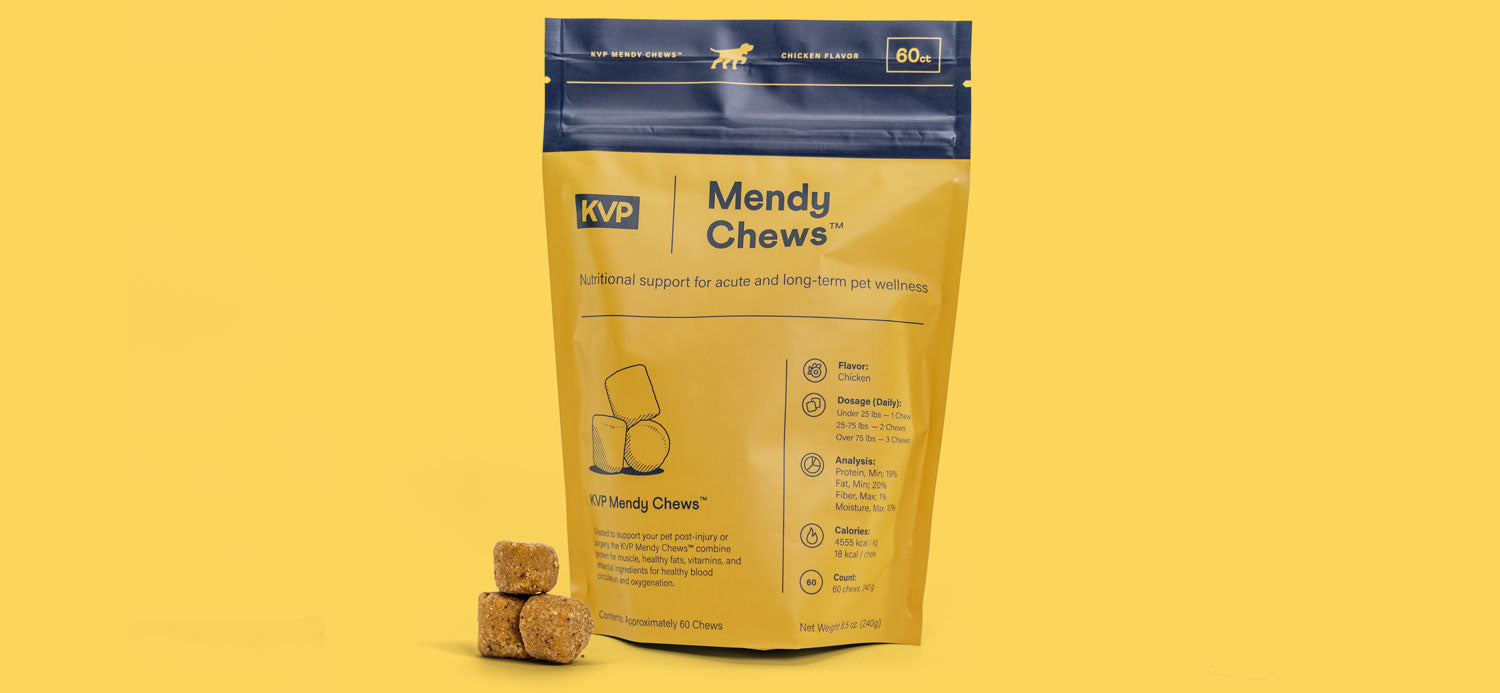Feline Osteoarthritis: Treatments, Support and Additional Ways to Provide Support To Cats

Supporting Osteoarthritic Cats with New Zoetis Solensia, Balto and More
Cats are notorious for hiding. Not only in places, but their pain as well. This makes it more difficult for your licensed veterinarian to be able to diagnose conditions such as feline osteoarthritis (OA). Although OA is more commonly diagnosed in canines, it can occur in our feline companions as well.
What is Feline Osteoarthritis?
Osteoarthritis is a chronic degenerative condition that affects the joints. The cartilage in the joints breaks down over time resulting in bone-to-bone contact which causes pain, inflammation, and ultimately decreased range of motion (ROM). Although OA is a degenerative condition, meaning it progresses over time, there are ways to slow down the overall progression which can give your cat a better quality of life.
Some common signs that might indicate that your cat has OA include:
- Loss of Appetite/Weight Loss
- Depression
- Poor Grooming/Bathroom Habits
- Inability to Jump
How to Support Feline Osteoarthritis?
Medications, such as Solensia by Zoetis, are available by prescription from your licensed veterinarian. Solensia is a once-monthly injection that works by inhibiting the Nerve Growth Factor (NGF) and works like your cat’s natural antibodies to reduce pain signals. It is the only Federal Drug Administration (FDA)-approved treatment to control OA pain in cats.
Medications paired with feline bracing devices can help diminish pain as well as support the joints where needed. For OA associated with the carpus (wrist) and tarsus (ankle), the Balto Splint – Carpal/Tarsal Laxity Splint is an ideal bracing option. The Balto Splint brace for cats is specially designed to support the radiocarpal, carpometacarpal and tarsometatarsal joints and provide that lost stability. The brace includes a tough, but slightly moldable splint and can also be used for either extended periods of time or as needed.






